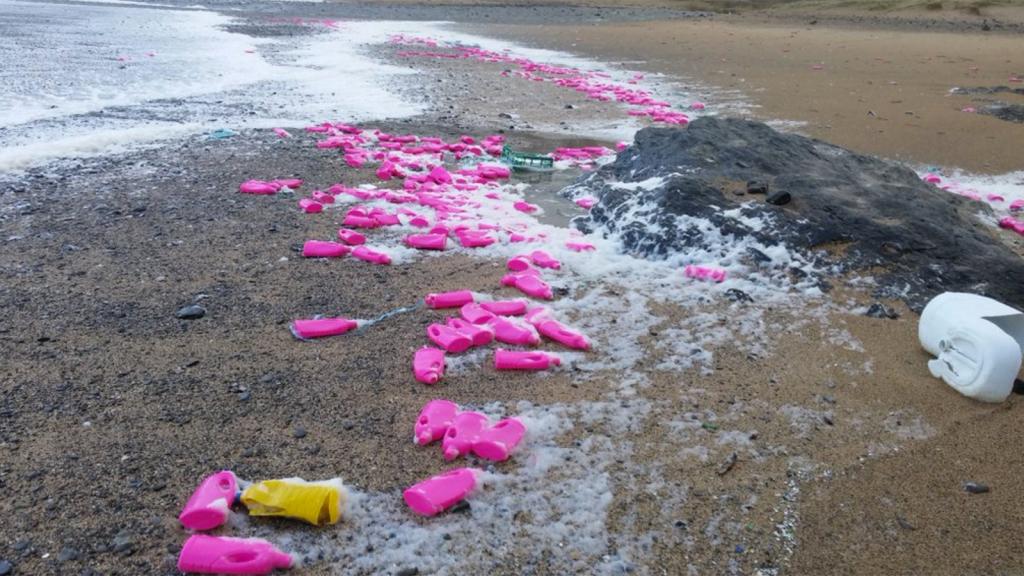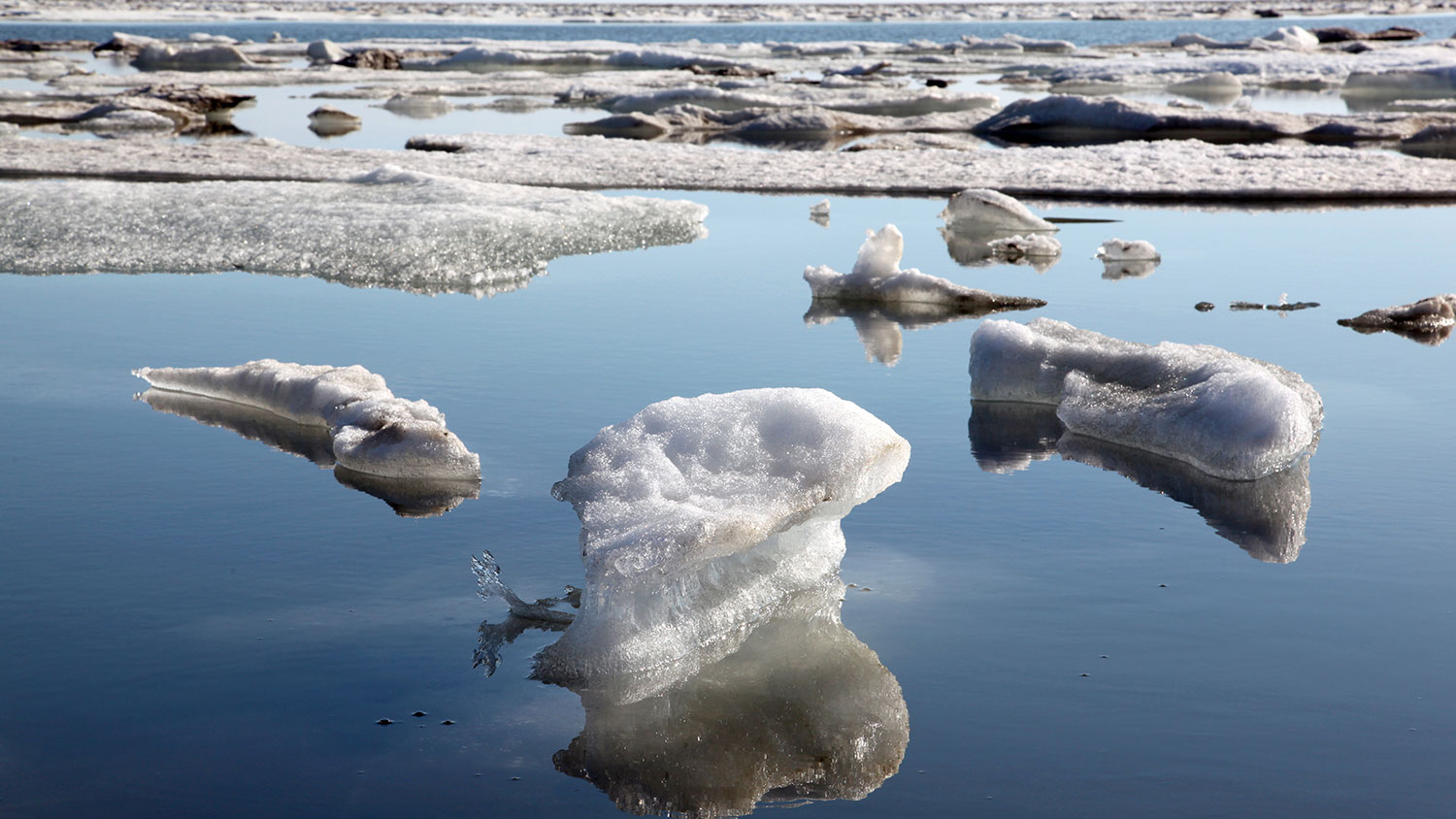The Greenland ice sheet is starting to look a lot like the ice luge that ruined your New Year’s Eve. Except, instead of drunk faces at the end of it, there’s an ocean. And instead of cheap vodka flowing down its surface, there’s meltwater.
It shouldn’t surprise you that Greenland is slowly melting away and will ultimately contribute to what could be catastrophic sea level rise (and if it does surprise you, then welcome to 2016 — you’re going to want to sit down for this). But until recently, the ice sheet had a porous top layer of snow called a firn that collected water flowing along its surface, thus mitigating Greenland’s contribution to sea level rise — just like an ice luge made out of snow would significantly mitigate the debauchery at a New Year’s Eve party.
Unfortunately, a new study published in the journal Nature Climate Change shows that the firn in West Greenland is no longer collecting water the way that it used to. It turns out that unusually warm temperatures between 2009 and 2012 caused heavy melting along the sheet, and when all that water trickled into the firn, it froze into solid layers of ice that have since prevented further meltwater from being absorbed.
The result is essentially an enormous ice luge, and it’s problematic in more ways than one, says the Washington Post:
This is not only a concern on the basis of its possible contribution to sea-level rise — the researchers also suggest that an increase in runoff could lead to certain feedback processes that will cause even more melt to occur in the future. Runoff water can carve channels into the ice sheet’s surface and create slushy areas, they note in the paper, which can cause a reduction in albedo —the ability of the ice sheet to reflect sunlight away from its surface. With more sunlight being absorbed, rather than reflected, surface temperatures could become even warmer and cause melt rates to accelerate.
And these changes to the firn are largely irreversible. While new firn can form as more snow falls and accumulates on Greenland’s surface, the process can take decades — and might not be able to occur at all in a warming climate.
Not to freak you out or anything, but Greenland lost about 9 trillion tons of ice in the past century, according to the Washington Post, and the rate of melting is rising, along with temperatures. If the whole sheet goes, that would lead to about 20 feet of sea level rise.
Of course, there’s still a lot of uncertainty about how much of Greenland’s ice will melt and how quickly. And a lot of that has to do with whether or not we can mitigate climate change in the meantime. So what say we sober up and keep that temperature rise below 1.5 degrees Celsius? Who knows — maybe living sustainably won’t be as lame as it sounds.
[protected-iframe id=”bc1ec6e6deabbb5d59652deebb7901a7-5104299-80108757″ info=”//giphy.com/embed/cfaZNswdYZsuk” width=”480″ height=”480″ frameborder=”0″ class=”giphy-embed” allowfullscreen=””]



